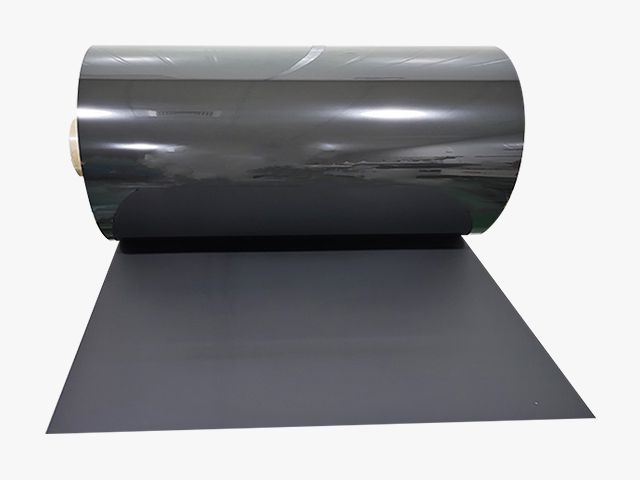What is the temperature resistance of polyurethane foam?
Polyurethane foam (PU foam) has excellent properties, good abrasion resistance and good oil and atmospheric resistance. Soft foam and wall insulation used in furniture; rigid foam in electronic equipment, new energy industry and aerospace.
Polyurethane foam polymers with higher thermal stability have higher melting points, higher softening and thermal decomposition, less mass loss at high temperature heating, and higher heat distortion temperature under load without losing the properties that determine their function. Basic performance. In terms of analytical techniques, Differential Thermal Analysis (DTA) and Thermogravimetric Analysis (TGA) have traditionally been used to evaluate the thermal properties of several types of polyurethanes and are still the standard analytical techniques used. Thermal stability requirements can be summarized as the following statements: maintenance of mechanical properties (melting/softening point), high resistance to chemical attack and high resistance to breakdown, especially under oxidative conditions.

Polyurethane foam can typically withstand temperatures between -80°F and 200°F. However, some polyurethane chemicals are more resistant to temperatures up to 300°F. Outside of these temperatures, thermoset polyurethanes can weaken or degrade over time.



